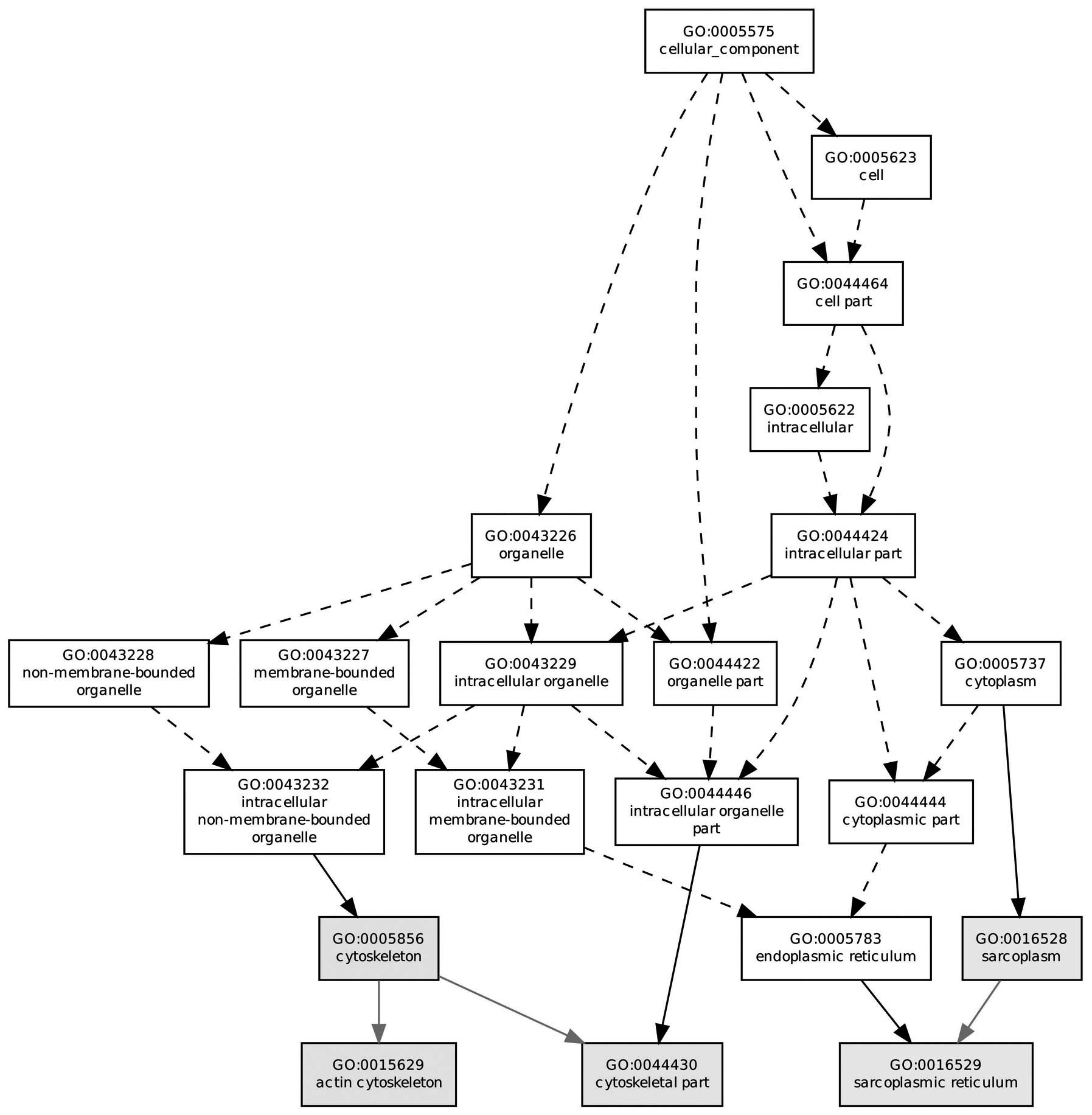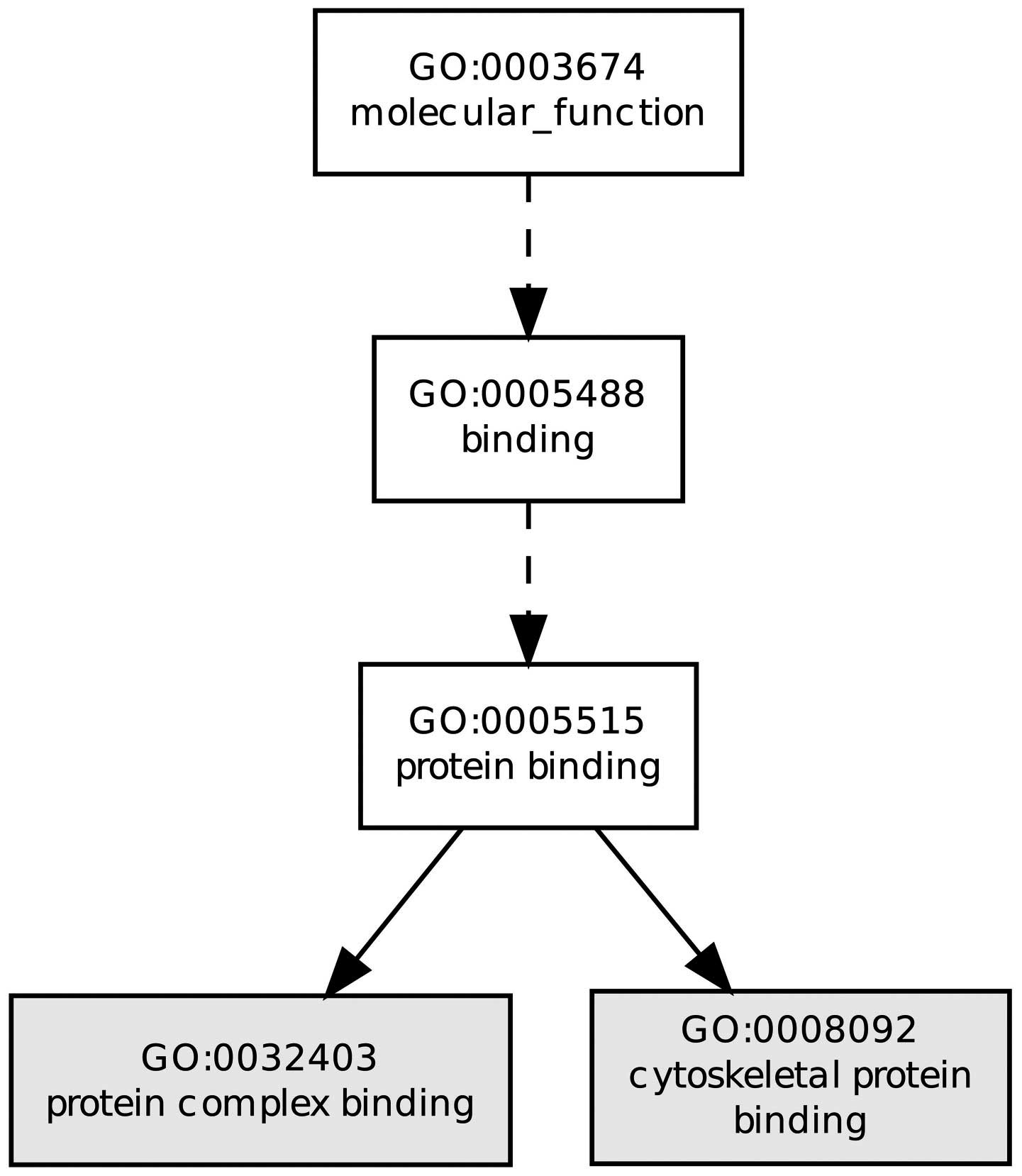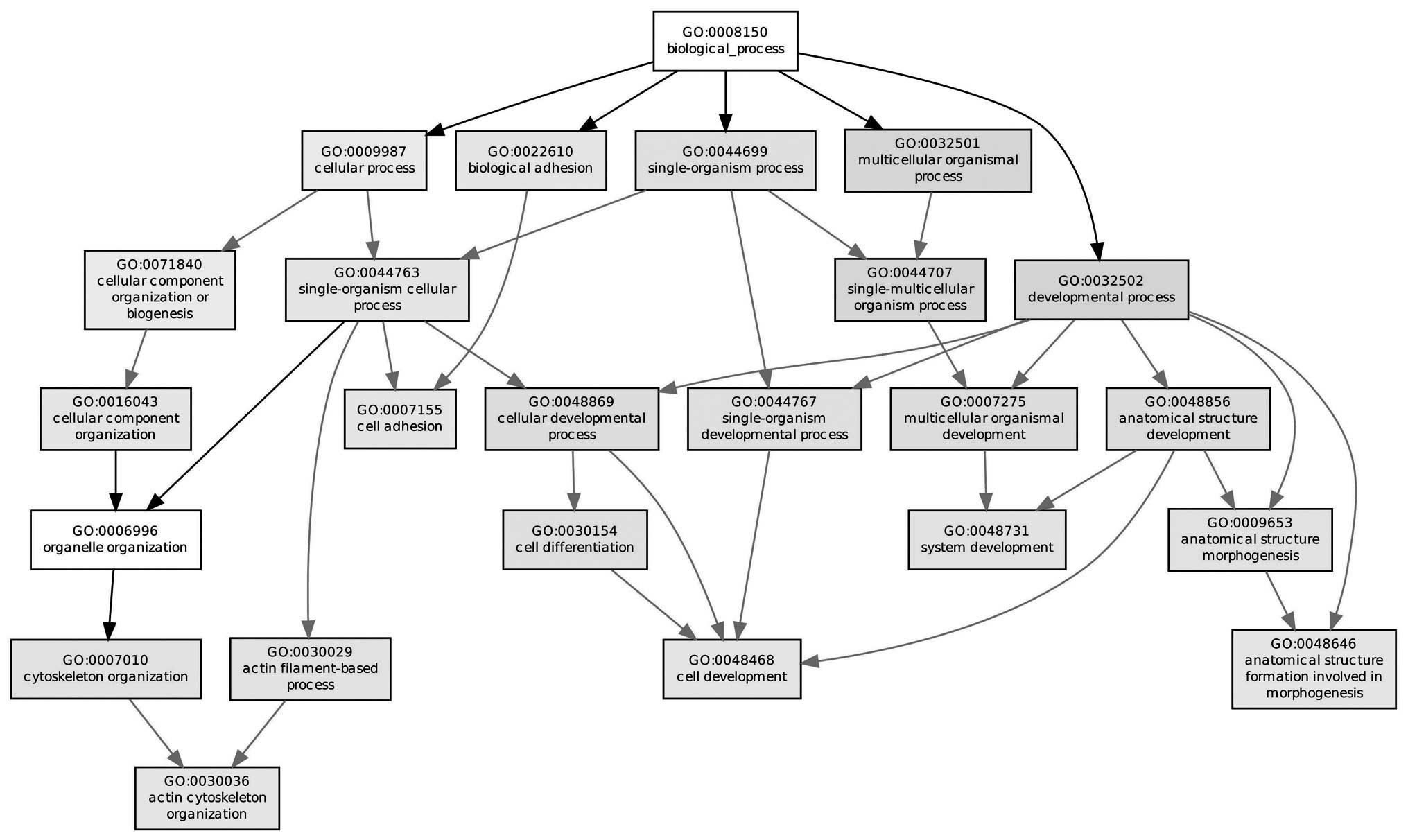|
1
|
Magra M and Maffulli N: Genetics: does it
play a role in tendinopathy? Clin J Sport Med. 17:231–233. 2007.
View Article : Google Scholar : PubMed/NCBI
|
|
2
|
De Vos RJ, Weir A, Van Schie HT, et al:
Platelet-rich plasma injection for chronic Achilles tendinopathy: a
randomized controlled trial. JAMA. 303:144–149. 2010. View Article : Google Scholar : PubMed/NCBI
|
|
3
|
Riley G: The pathogenesis of tendinopathy.
A molecular perspective. Rheumatology (Oxford). 43:131–142. 2004.
View Article : Google Scholar
|
|
4
|
Andres BM and Murrell GA: Treatment of
tendinopathy: what works, what does not, and what is on the
horizon. Clin Orthop Relat Res. 466:1539–1554. 2008. View Article : Google Scholar : PubMed/NCBI
|
|
5
|
Soslowsky L, Thomopoulos S, Tun S, et al:
Neer award 1999 Overuse activity injures the supraspinatus tendon
in an animal model: A histologic and biomechanical study. J
Shoulder Elbow Surg. 9:79–84. 2000. View Article : Google Scholar : PubMed/NCBI
|
|
6
|
Chen ML and Chen CH: Microarray analysis
of differentially expressed genes in rat frontal cortex under
chronic risperidone treatment. Neuropsychopharmacology. 30:268–277.
2005. View Article : Google Scholar
|
|
7
|
Jelinsky SA, Rodeo SA, Li J, Gulotta LV,
Archambault JM and Seeherman HJ: Regulation of gene expression in
human tendinopathy. BMC Musculoskelet Disord. 12:862011. View Article : Google Scholar : PubMed/NCBI
|
|
8
|
Verducci JS, Melfi VF, Lin S, Wang Z, Roy
S and Sen CK: Microarray analysis of gene expression:
considerations in data mining and statistical treatment. Physiol
Genomics. 25:3552006. View Article : Google Scholar : PubMed/NCBI
|
|
9
|
Team RC. R: A language and environment for
statistical computing. R foundation for Statistical Computing;
2005
|
|
10
|
Diboun I, Wernisch L, Orengo CA and
Koltzenburg M: Microarray analysis after RNA amplification can
detect pronounced differences in gene expression using limma. BMC
genomics. 7:2522006. View Article : Google Scholar : PubMed/NCBI
|
|
11
|
Hulsegge I, Kommadath A and Smits MA:
Globaltest and GOEAST: Two different approaches for gene ontology
analysis. BMC Proc. 3:S4–S10. 2009. View Article : Google Scholar
|
|
12
|
Zheng Q and Wang XJ: GOEAST: a web-based
software toolkit for Gene Ontology enrichment analysis. Nucleic
Acids Res. 36:W358–W363. 2008. View Article : Google Scholar : PubMed/NCBI
|
|
13
|
Kelder T, Van Iersel MP, Hanspers K, et
al: WikiPathways: building research communities on biological
pathways. Nucleic Acids Res. 40:D1301–D1307. 2012. View Article : Google Scholar :
|
|
14
|
Pico AR, Kelder T, Van Iersel MP, Hanspers
K, Conklin BR and Evelo C: WikiPathways: pathway editing for the
people. PLoS Biol. 6:e1842008. View Article : Google Scholar : PubMed/NCBI
|
|
15
|
Duncan D, Prodduturi N and Zhang B:
WebGestalt2: an updated and expanded version of the web-based gene
set analysis toolkit. BMC Bioinformatics. 11:P102010. View Article : Google Scholar
|
|
16
|
Zhang B, Kirov S and Snoddy J: WebGestalt:
an integrated system for exploring gene sets in various biological
contexts. Nucleic Acids Res. 33:W741–W748. 2005. View Article : Google Scholar : PubMed/NCBI
|
|
17
|
Subramanian A, Tamayo P, Mootha VK, et al:
Gene set enrichment analysis: a knowledge-based approach for
interpreting genome-wide expression profiles. Proc Natl Acad Sci
USA. 102:15545–15550. 2005. View Article : Google Scholar : PubMed/NCBI
|
|
18
|
Lamb J, Crawford ED, Peck D, et al: The
connectivity map: using gene-expression signatures to connect small
molecules, genes, and disease. Science. 313:1929–1935. 2006.
View Article : Google Scholar : PubMed/NCBI
|
|
19
|
Braconi C, Swenson E, Kogure T, Huang N
and Patel T: Targeting the IL-6 dependent phenotype can identify
novel therapies for cholangiocarcinoma. PLoS ONE. 5:e151952010.
View Article : Google Scholar : PubMed/NCBI
|
|
20
|
Joseph M, Maresh CM, Mccarthy MB, et al:
Histological and molecular analysis of the biceps tendon long head
post-tenotomy. J Orthop Res. 27:1379–1385. 2009. View Article : Google Scholar : PubMed/NCBI
|
|
21
|
Wozniak MA, Modzelewska K, Kwong L and
Keely PJ: Focal adhesion regulation of cell behavior. Biochim
Biophys Acta. 1692:103–119. 2004. View Article : Google Scholar : PubMed/NCBI
|
|
22
|
Tsai KN, Chan EC, Tsai TY, et al:
Cytotoxic effect of recombinant mycobacterium tuberculosis
CFP-10/ESAT-6 protein on the crucial pathways of WI-38 cells. J
Biomed Biotechnol. 2009:9170842009. View Article : Google Scholar : PubMed/NCBI
|
|
23
|
Knöll R, Postel R, Wang J, et al:
Laminin-α4 and integrin-linked kinase mutations cause human
cardiomyopathy via simultaneous defects in cardiomyocytes and
endothelial cells. Circulation. 116:515–525. 2007. View Article : Google Scholar
|
|
24
|
Reif S, Lang A, Lindquist JN, et al: The
role of focal adhesion kinase-phosphatidylinositol 3-kinase-akt
signaling in hepatic stellate cell proliferation and type I
collagen expression. J Biol Chem. 278:8083–8090. 2003. View Article : Google Scholar
|
|
25
|
Carloni V, Pinzani M, Giusti S, et al:
Tyrosine phosphorylation of focal adhesion kinase by PDGF is
dependent on ras in human hepatic stellate cells. Hepatology.
31:131–140. 2000. View Article : Google Scholar
|
|
26
|
Abdelwahed A, Bouhlel I, Skandrani I, et
al: Study of antimutagenic and antioxidant activities of Gallic
acid and 1, 2, 3, 4, 6-pentagalloylglucose from Pistacia lentiscus:
Confirmation by microarray expression profiling. Chem Biol
Interact. 165:1–13. 2007. View Article : Google Scholar
|
|
27
|
Devkota AC and Weinhold PS: Prostaglandin
E2, collagenase, and cell death responses depend on cyclical load
magnitude in an explant model of tendinopathy. Connect Tissue Res.
51:306–313. 2010. View Article : Google Scholar : PubMed/NCBI
|
|
28
|
Riley G: Chronic tendon pathology:
molecular basis and therapeutic implications. Expert Rev Mol Med.
7:1–25. 2005. View Article : Google Scholar : PubMed/NCBI
|
|
29
|
Poli M, Derosas M, Luscieti S, et al:
Pantothenate kinase-2 (Pank2) silencing causes cell growth
reduction, cell-specific ferroportin upregulation and iron
deregulation. Neurobiol Dis. 39:204–210. 2010. View Article : Google Scholar : PubMed/NCBI
|
|
30
|
Leoni V, Strittmatter L, Zorzi G, et al:
Metabolic consequences of mitochondrial coenzyme A deficiency in
patients with PANK2 mutations. Mol Genet Metab. 105:463–471. 2012.
View Article : Google Scholar : PubMed/NCBI
|
|
31
|
Ebert A, Lamont R, Childs S and Mcfarlane
S: Neuronal expression of class 6 semaphorins in zebrafish. Gene
Expr Patterns. 12:117–122. 2012. View Article : Google Scholar : PubMed/NCBI
|
|
32
|
Fabbri M, Ivan M, Cimmino A, Negrini M and
Calin GA: Regulatory mechanisms of microRNAs involvement in cancer.
Expert Opin Biol Ther. 7:1009–1019. 2007. View Article : Google Scholar : PubMed/NCBI
|
|
33
|
Suzuki H, Takeuchi M, Sugiyama A, et al:
Alternative splicing produces structural and functional changes in
CUGBP2. BMC Biochem. 13:62012. View Article : Google Scholar : PubMed/NCBI
|
|
34
|
Natarajan G, Ramalingam S, Ramachandran I,
et al: CUGBP2 downregulation by prostaglandin E2 protects colon
cancer cells from radiation-induced mitotic catastrophe. Am J
Physiol Gastrointest Liver Physiol. 294:G1235–G1244. 2008.
View Article : Google Scholar : PubMed/NCBI
|
|
35
|
Wank H, Clodi E, Wallis MG and Schroeder
R: The antibiotic viomycin as a model peptide for the origin of the
co-evolution of RNA and proteins. Orig Life Evol Biosph.
29:391–404. 1999. View Article : Google Scholar : PubMed/NCBI
|
|
36
|
Vos S, Berrisford DJ and Avis JM: Effect
of magnesium ions on the tertiary structure of the hepatitis C
virus IRES and its affinity for the cyclic peptide antibiotic
viomycin. Biochemistry. 41:5383–5396. 2002. View Article : Google Scholar : PubMed/NCBI
|
|
37
|
Stanley RE, Blaha G, Grodzicki RL,
Strickler MD and Steitz TA: The structures of the anti-tuberculosis
antibiotics viomycin and capreomycin bound to the 70S ribosome. Nat
Struct Mol Biol. 17:289–293. 2010. View Article : Google Scholar : PubMed/NCBI
|












